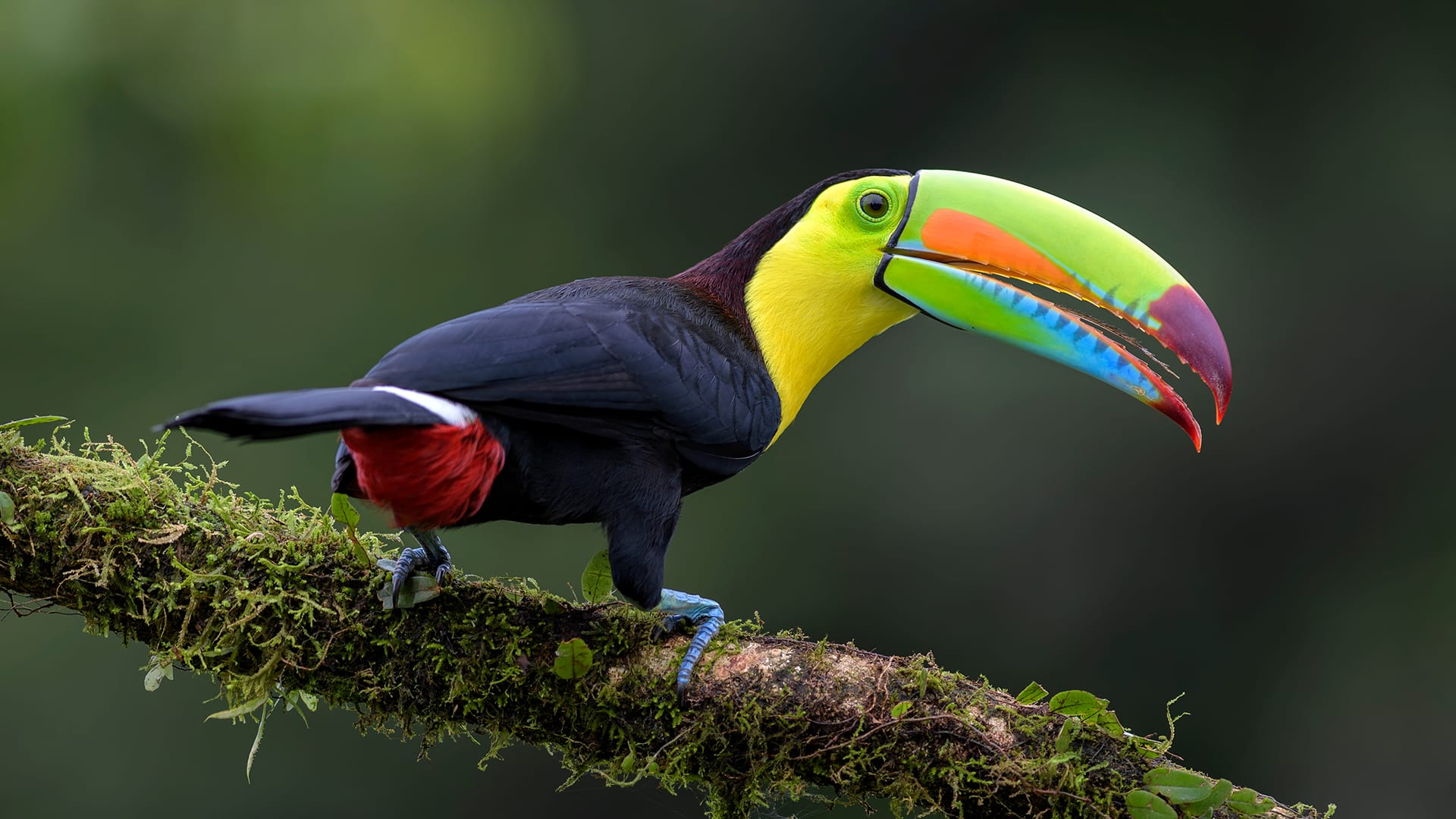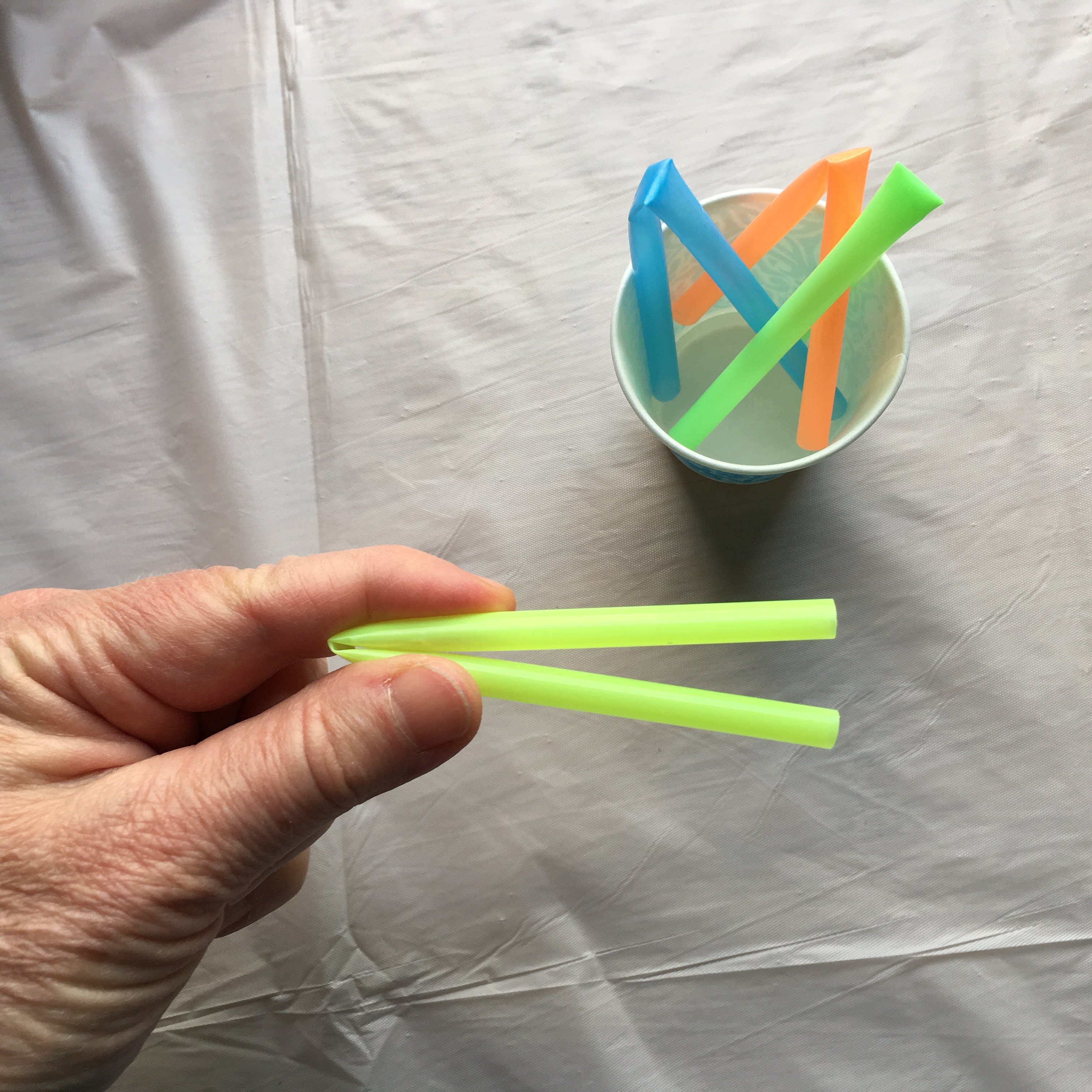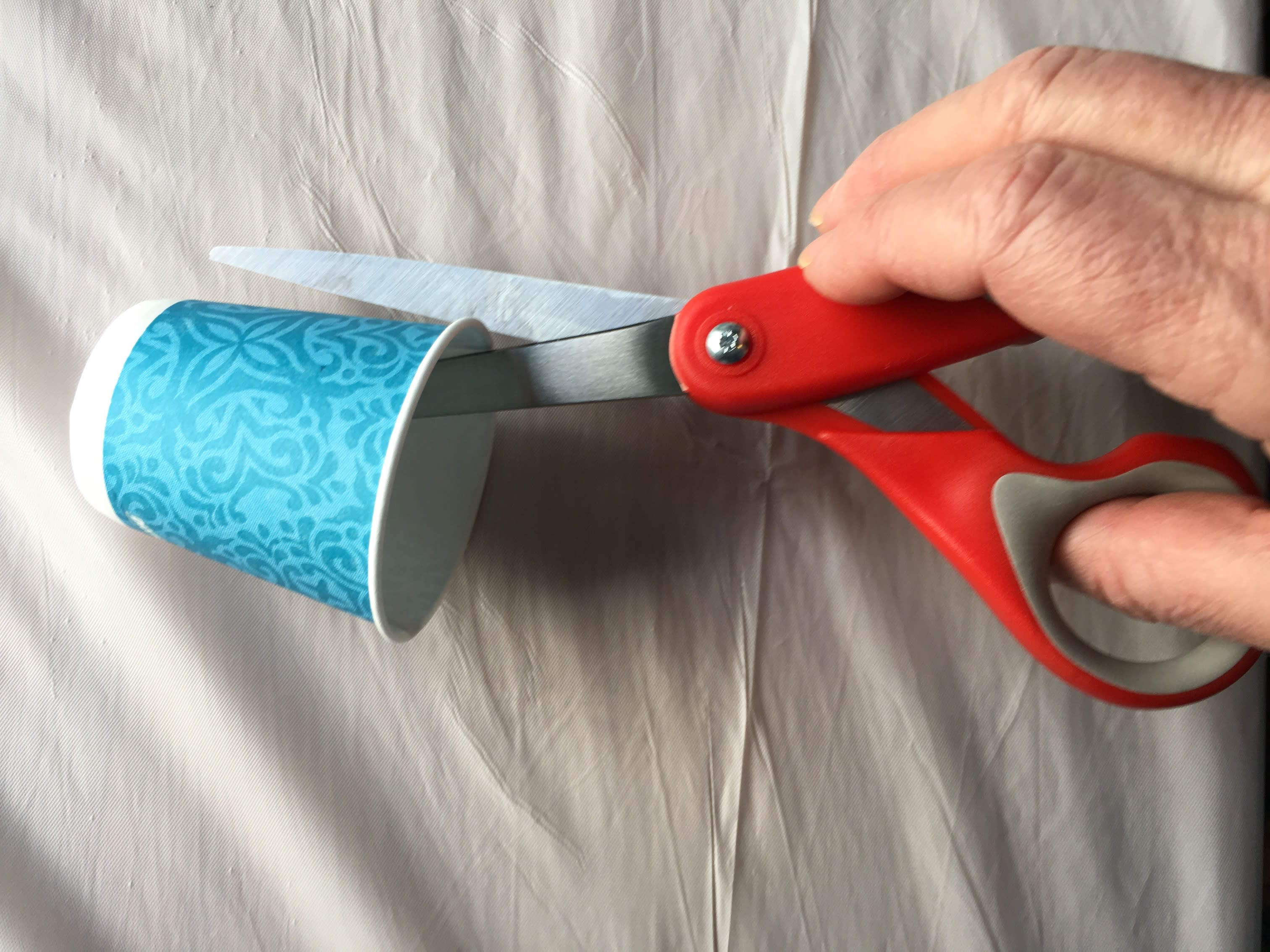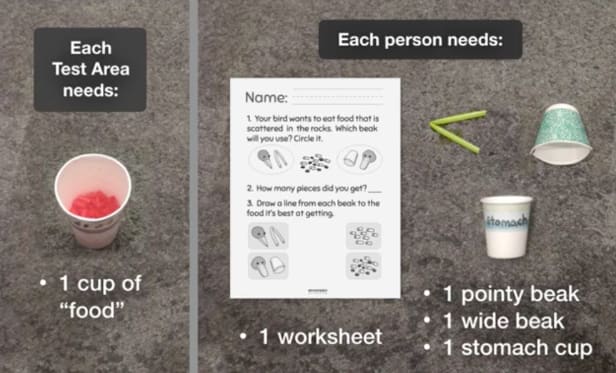Scroll for prep

Please wait…
This video is having trouble loading. You may have lost your Internet connection.
Step 1: Click to Reload this page
Step 2: Click to
Try our other video player
Step 3: Contact your teacher if trouble persists.
Or,
dismiss this message.

Please wait…
This video is having trouble loading. You may have lost your Internet connection.
Step 1: Click to Reload this page
Step 2: Click to
Try our other video player
Step 3: Contact your teacher if trouble persists.
Or,
dismiss this message.
CONVERSEMOS (1 de 3): ¿Qué parte de su cuerpo utiliza este animal para obtener
su comida?
su comida?

Please wait…
This video is having trouble loading. You may have lost your Internet connection.
Step 1: Click to Reload this page
Step 2: Click to
Try our other video player
Step 3: Contact your teacher if trouble persists.
Or,
dismiss this message.
CONVERSEMOS (1 de 3): ¿Qué parte de su cuerpo utiliza este animal para obtener
su comida?
su comida?

Please wait…
This video is having trouble loading. You may have lost your Internet connection.
Step 1: Click to Reload this page
Step 2: Click to
Try our other video player
Step 3: Contact your teacher if trouble persists.
Or,
dismiss this message.
CONVERSEMOS (1 de 3): ¿Qué parte de su cuerpo utiliza este animal para obtener
su comida?
su comida?

Please wait…
This video is having trouble loading. You may have lost your Internet connection.
Step 1: Click to Reload this page
Step 2: Click to
Try our other video player
Step 3: Contact your teacher if trouble persists.
Or,
dismiss this message.
CONVERSEMOS : ¿Cómo son diferentes estos dos picos?


Please wait…
This video is having trouble loading. You may have lost your Internet connection.
Step 1: Click to Reload this page
Step 2: Click to
Try our other video player
Step 3: Contact your teacher if trouble persists.
Or,
dismiss this message.

Please wait…
This video is having trouble loading. You may have lost your Internet connection.
Step 1: Click to Reload this page
Step 2: Click to
Try our other video player
Step 3: Contact your teacher if trouble persists.
Or,
dismiss this message.
Paso
01/13
01/13
Si estás en una clase, forma un grupo de cuatro.

Please wait…
This video is having trouble loading. You may have lost your Internet connection.
Step 1: Click to Reload this page
Step 2: Click to
Try our other video player
Step 3: Contact your teacher if trouble persists.
Or,
dismiss this message.
Paso
02/13
02/13
Ve a una Área de Prueba. Si estás en un grupo, cada persona debe
sentarse en uno de los cuatro lados del cuadrado.
sentarse en uno de los cuatro lados del cuadrado.

Please wait…
This video is having trouble loading. You may have lost your Internet connection.
Step 1: Click to Reload this page
Step 2: Click to
Try our other video player
Step 3: Contact your teacher if trouble persists.
Or,
dismiss this message.
Paso
03/13
03/13
Obtén estos materiales. (Recibirás otros más adelante).

Please wait…
This video is having trouble loading. You may have lost your Internet connection.
Step 1: Click to Reload this page
Step 2: Click to
Try our other video player
Step 3: Contact your teacher if trouble persists.
Or,
dismiss this message.
Paso
04/13
04/13
Pon la comida para las aves en tu Área de Prueba.

Please wait…
This video is having trouble loading. You may have lost your Internet connection.
Step 1: Click to Reload this page
Step 2: Click to
Try our other video player
Step 3: Contact your teacher if trouble persists.
Or,
dismiss this message.
Paso
05/13
05/13
Agarra el pico puntiagudo así. Usa el pico para agarrar comida y
ponerla en tu vaso.
ponerla en tu vaso.

Please wait…
This video is having trouble loading. You may have lost your Internet connection.
Step 1: Click to Reload this page
Step 2: Click to
Try our other video player
Step 3: Contact your teacher if trouble persists.
Or,
dismiss this message.
Paso
06/13
06/13
Agarra el otro pico. Usalo para agarrar comida y ponerla en tu vaso.
¿Cuál es la mejor manera de agarrar la comida?
¿Cuál es la mejor manera de agarrar la comida?

Please wait…
This video is having trouble loading. You may have lost your Internet connection.
Step 1: Click to Reload this page
Step 2: Click to
Try our other video player
Step 3: Contact your teacher if trouble persists.
Or,
dismiss this message.
Paso
07/13
07/13
Conversemos:

Please wait…
This video is having trouble loading. You may have lost your Internet connection.
Step 1: Click to Reload this page
Step 2: Click to
Try our other video player
Step 3: Contact your teacher if trouble persists.
Or,
dismiss this message.
Paso
08/13
08/13
Cada Área de Prueba necesita una taza de frijoles. Esparce los
frijoles entre la comida. Mézclalos.
frijoles entre la comida. Mézclalos.

Please wait…
This video is having trouble loading. You may have lost your Internet connection.
Step 1: Click to Reload this page
Step 2: Click to
Try our other video player
Step 3: Contact your teacher if trouble persists.
Or,
dismiss this message.
Paso
09/13
09/13
Intenta obtener comida con los dos picos. ¿Qué tipo de pico es mejor para obtener comida sin agarrar piedras?

Please wait…
This video is having trouble loading. You may have lost your Internet connection.
Step 1: Click to Reload this page
Step 2: Click to
Try our other video player
Step 3: Contact your teacher if trouble persists.
Or,
dismiss this message.
Paso
10/13
10/13
Contesta la pregunta #1 en tu hoja. Después ve al siguiente paso.

Please wait…
This video is having trouble loading. You may have lost your Internet connection.
Step 1: Click to Reload this page
Step 2: Click to
Try our other video player
Step 3: Contact your teacher if trouble persists.
Or,
dismiss this message.
Paso
11/13
11/13
Tendrás 20 segundos para obtener comida usando el pico que
escogiste. Si agarras una piedra, escúpela.
escogiste. Si agarras una piedra, escúpela.

Please wait…
This video is having trouble loading. You may have lost your Internet connection.
Step 1: Click to Reload this page
Step 2: Click to
Try our other video player
Step 3: Contact your teacher if trouble persists.
Or,
dismiss this message.
Paso
12/13
12/13
Cuenta cuántas piezas de comida agarraste con tu pico. Contesta la
pregunta número dos en tu hoja de trabajo.
pregunta número dos en tu hoja de trabajo.

Please wait…
This video is having trouble loading. You may have lost your Internet connection.
Step 1: Click to Reload this page
Step 2: Click to
Try our other video player
Step 3: Contact your teacher if trouble persists.
Or,
dismiss this message.
Paso
13/13
13/13
Conversemos:

Please wait…
This video is having trouble loading. You may have lost your Internet connection.
Step 1: Click to Reload this page
Step 2: Click to
Try our other video player
Step 3: Contact your teacher if trouble persists.
Or,
dismiss this message.
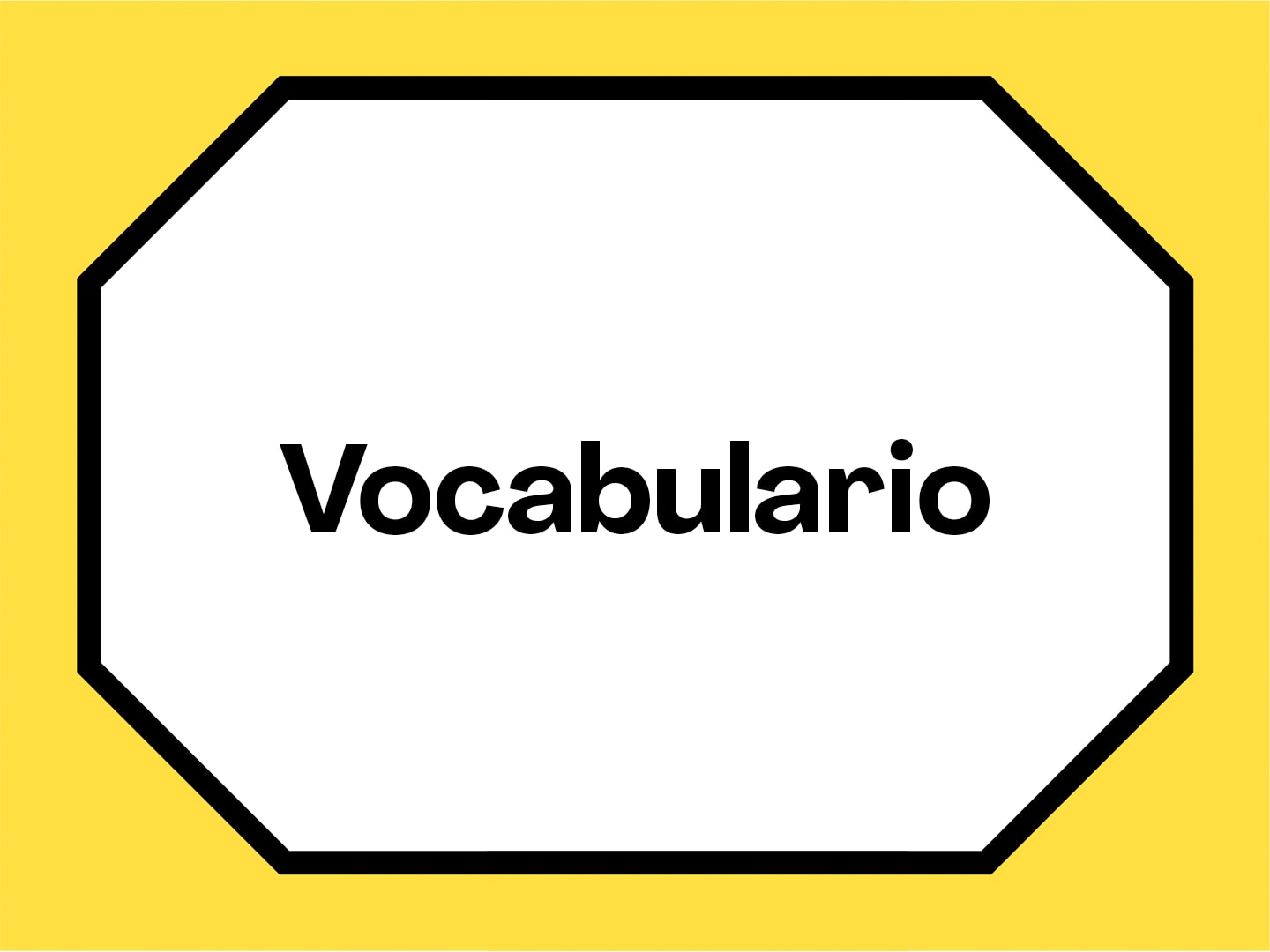
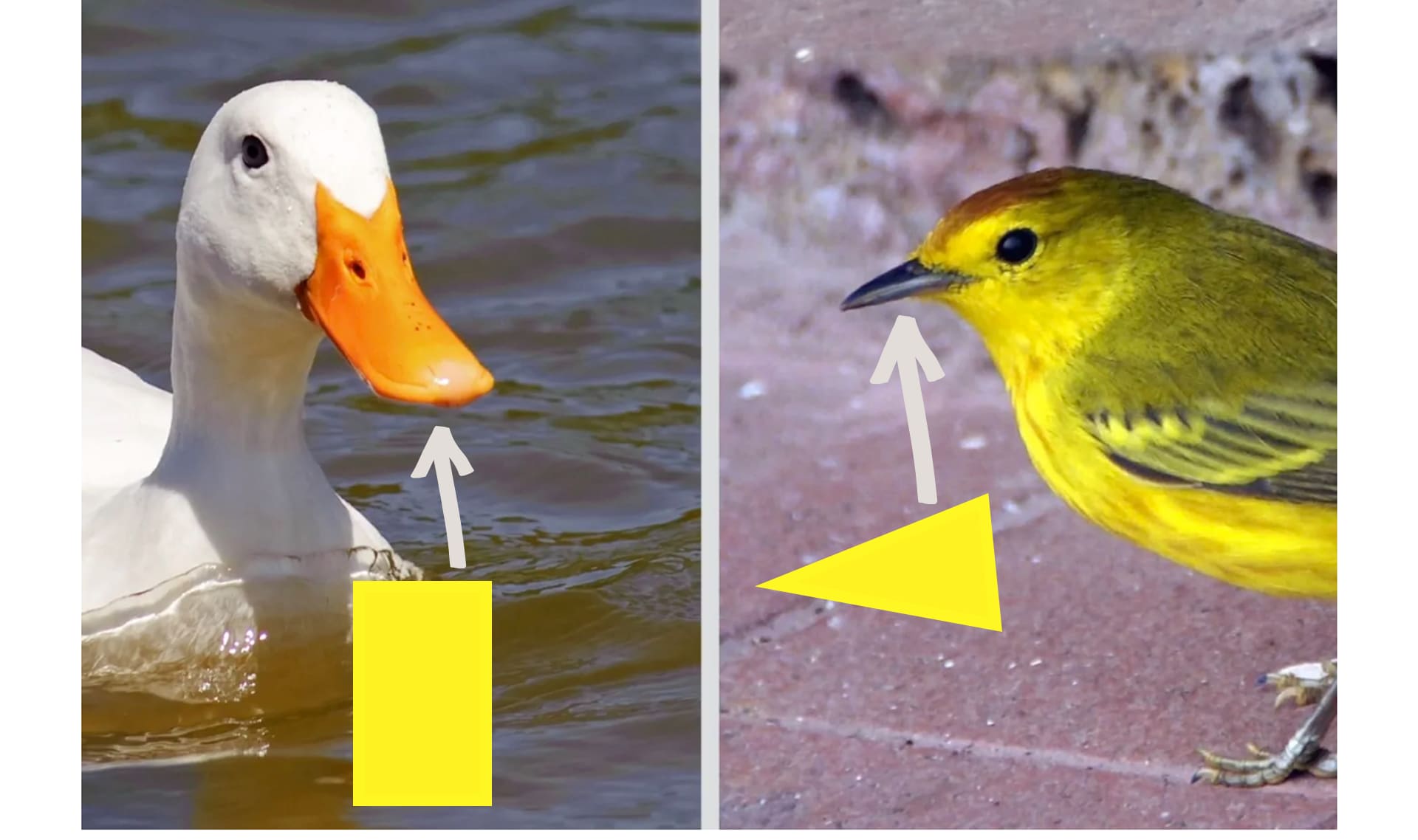
forma
1 de 13
hla apariencia de algo, por ejemplo: un círculo, un cuadrado, o un triángulo
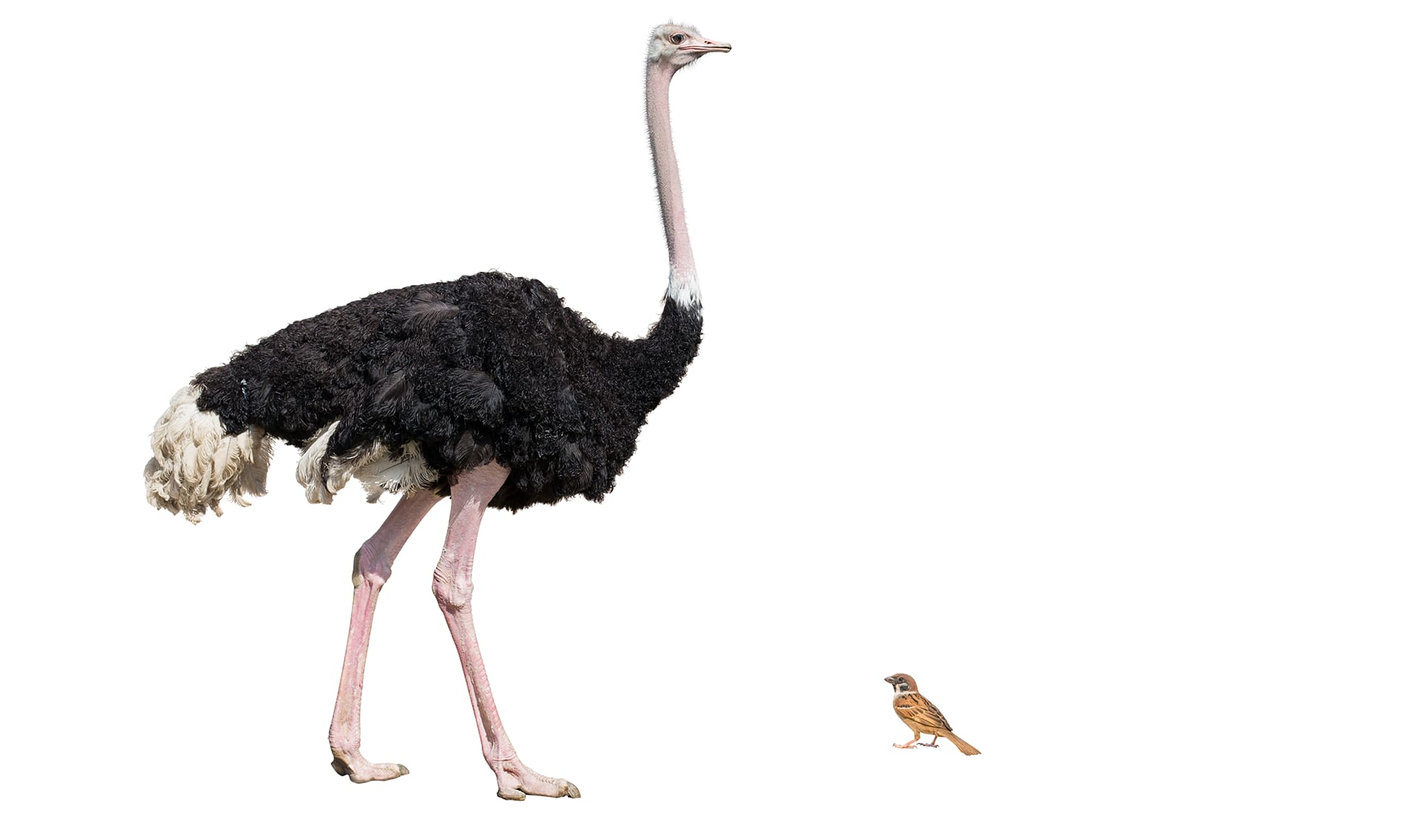
tamaño
2 de 13
lo grande o pequeño que algo es

estructura
3 de 13
la forma específica que tiene una cosa

Please wait…
This video is having trouble loading. You may have lost your Internet connection.
Step 1: Click to Reload this page
Step 2: Click to
Try our other video player
Step 3: Contact your teacher if trouble persists.
Or,
dismiss this message.
función
4 de 13
lo que algo hace
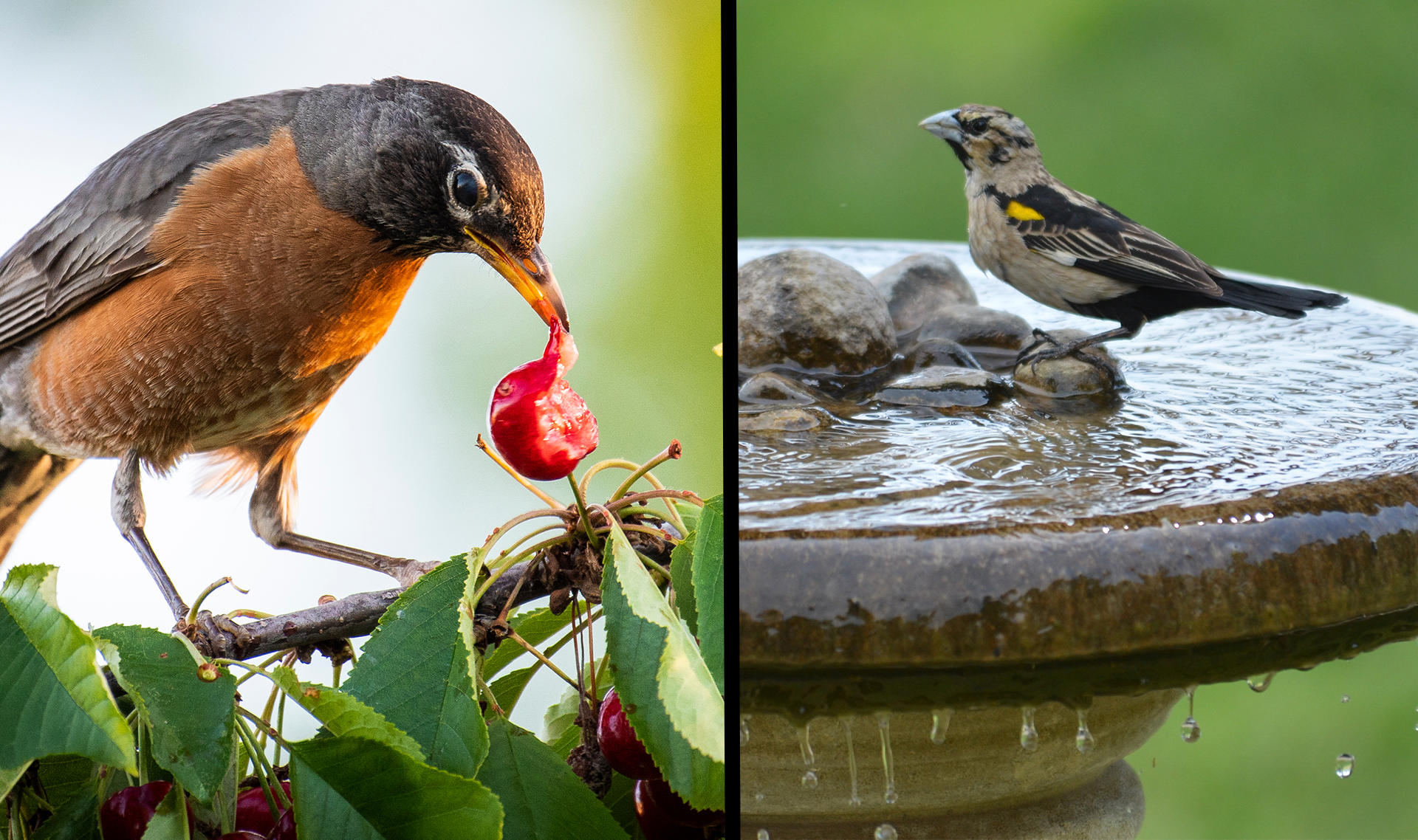
necesidades
5 de 13
algo que un animal o una planta necesita para poder vivir
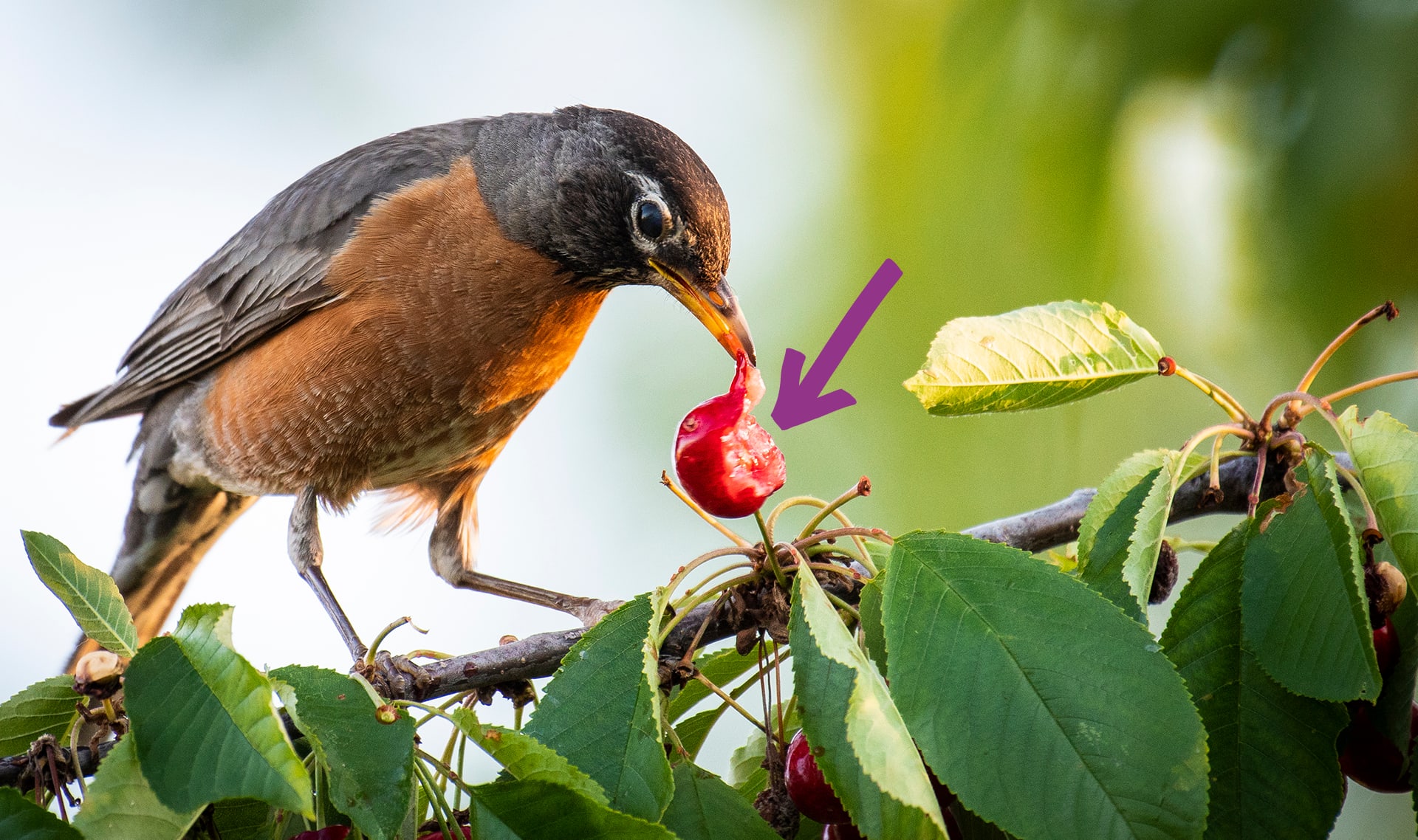
comida
6 de 13
algo que comen los animales
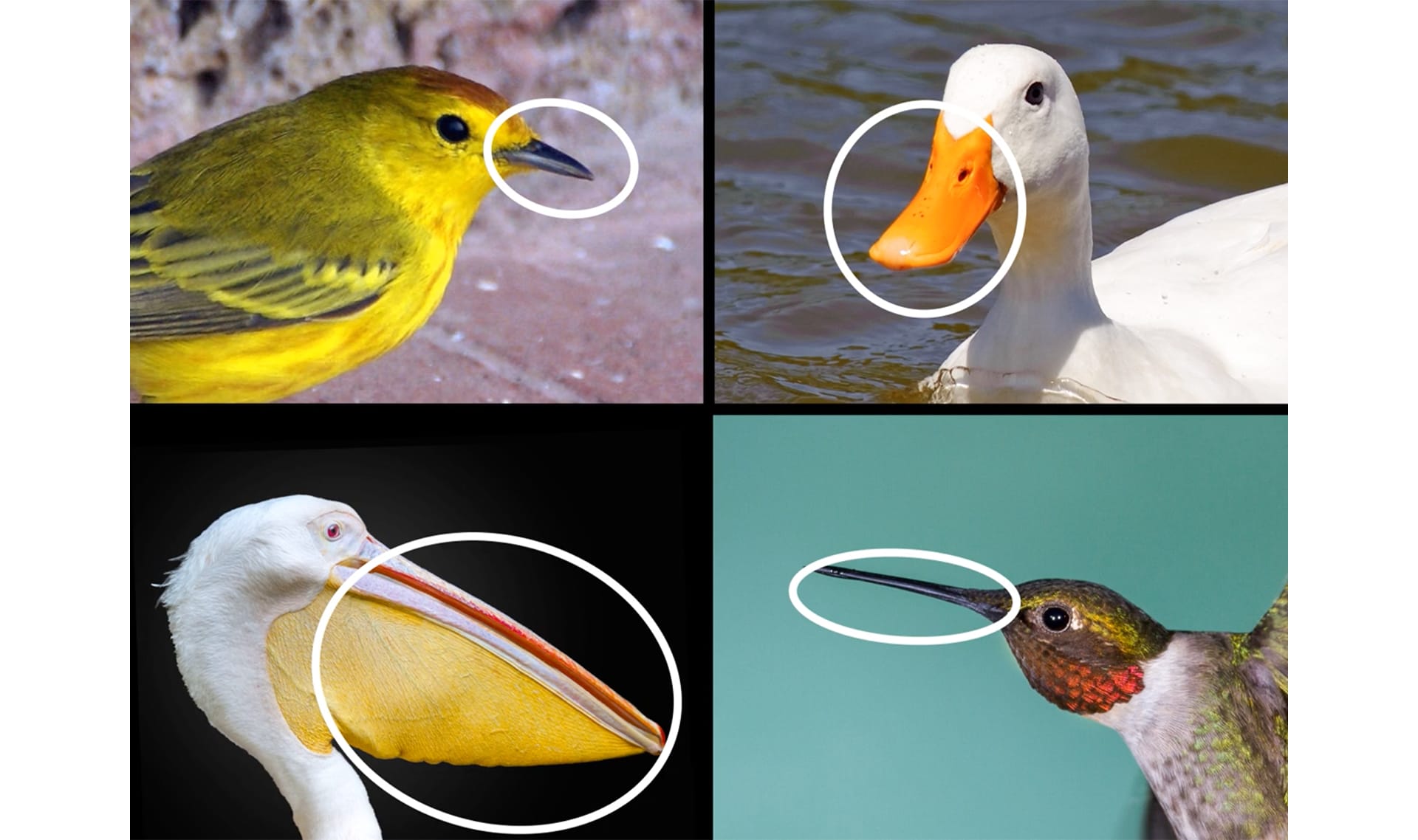
pico
7 de 13
la parte del cuerpo que un pájaro utiliza para comer
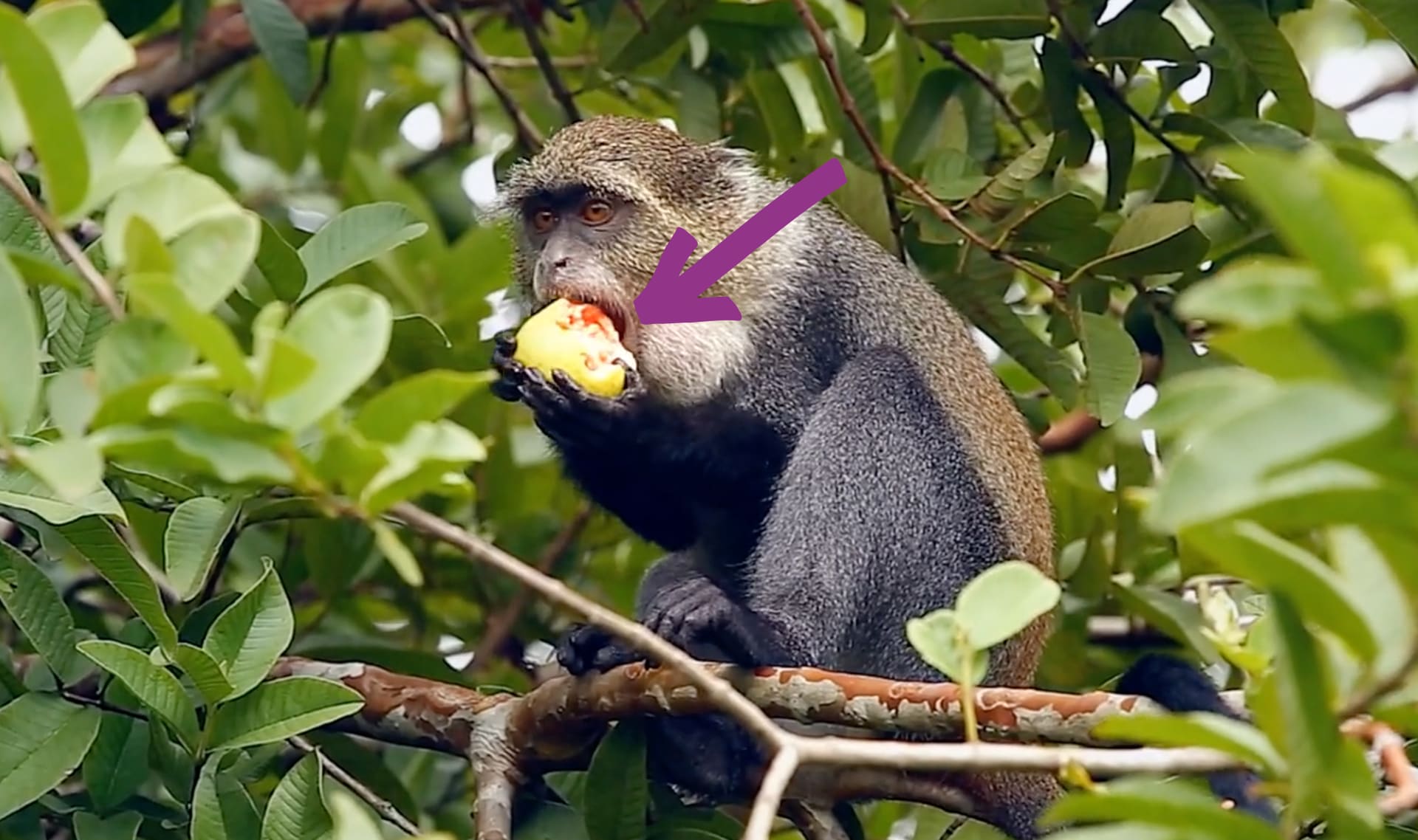
boca
8 de 13
la parte del cuerpo que los animales usan para ingerir comida y agua
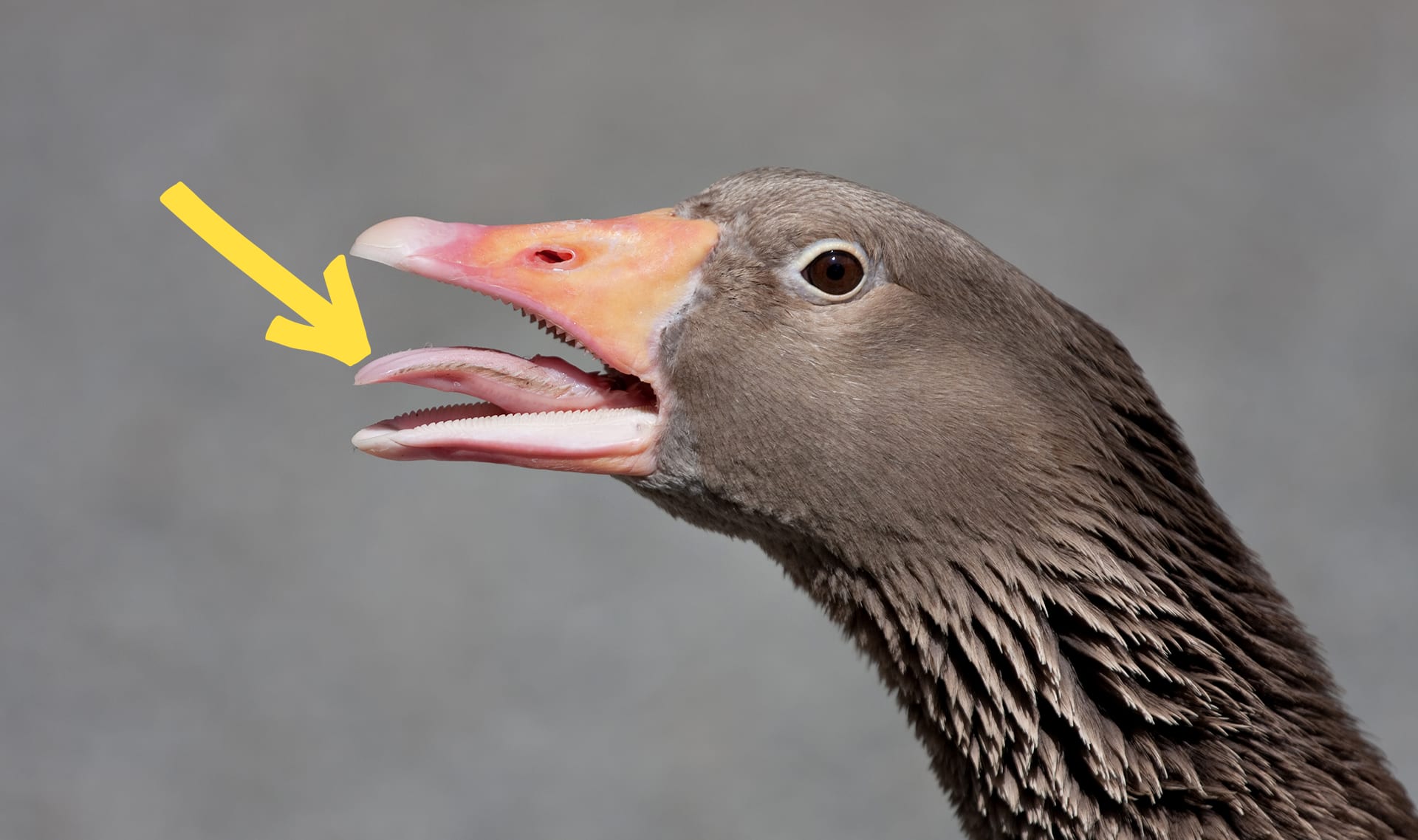
lengua
9 de 13
la parte del cuerpo, dentro de la boca, que usamos para detectar el sabor de las cosas
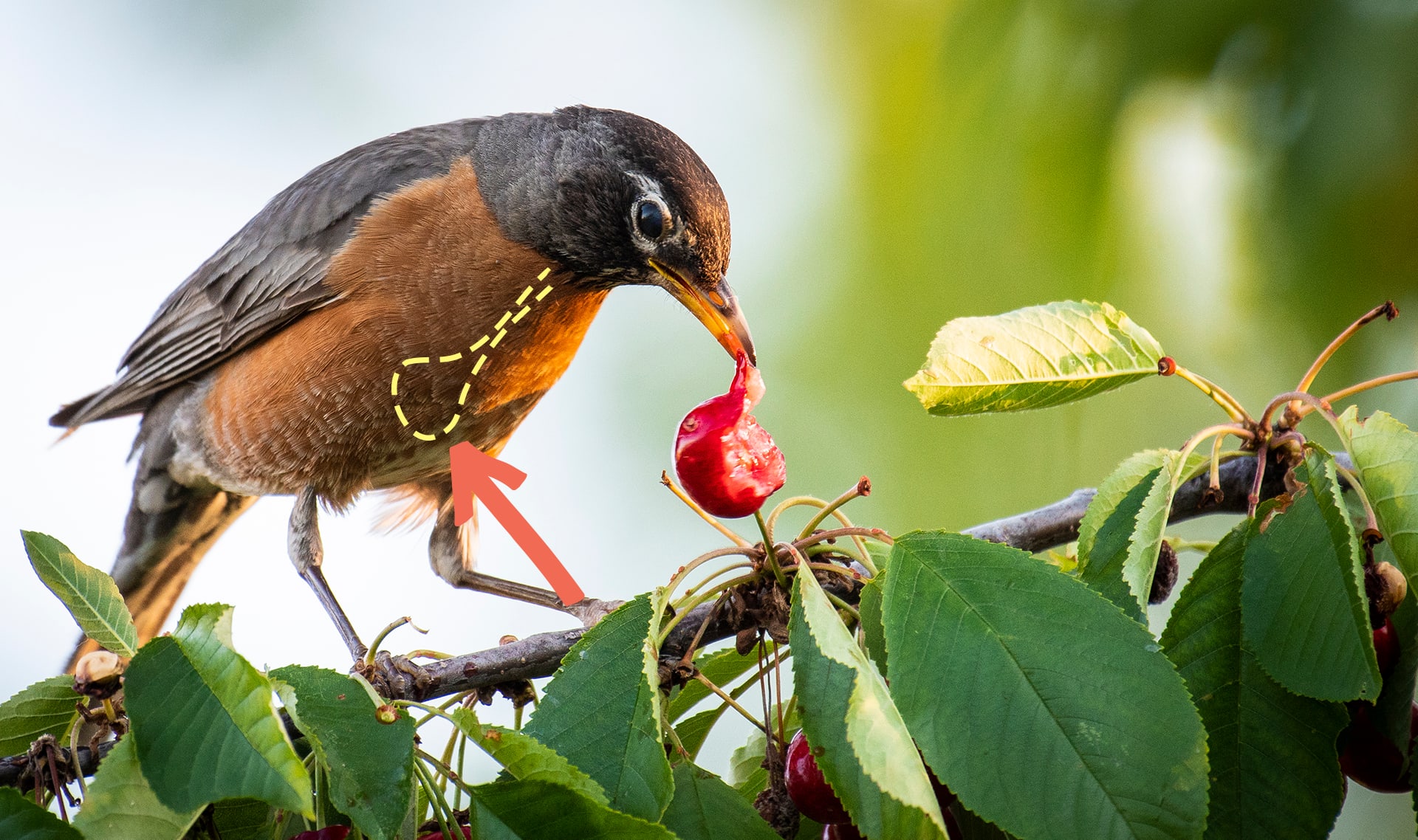
estómago
10 de 13
la parte del cuerpo a dónde se va la comida después de ingerirla

Please wait…
This video is having trouble loading. You may have lost your Internet connection.
Step 1: Click to Reload this page
Step 2: Click to
Try our other video player
Step 3: Contact your teacher if trouble persists.
Or,
dismiss this message.
sobrevivir
11 de 13
mantenerse vivo/a
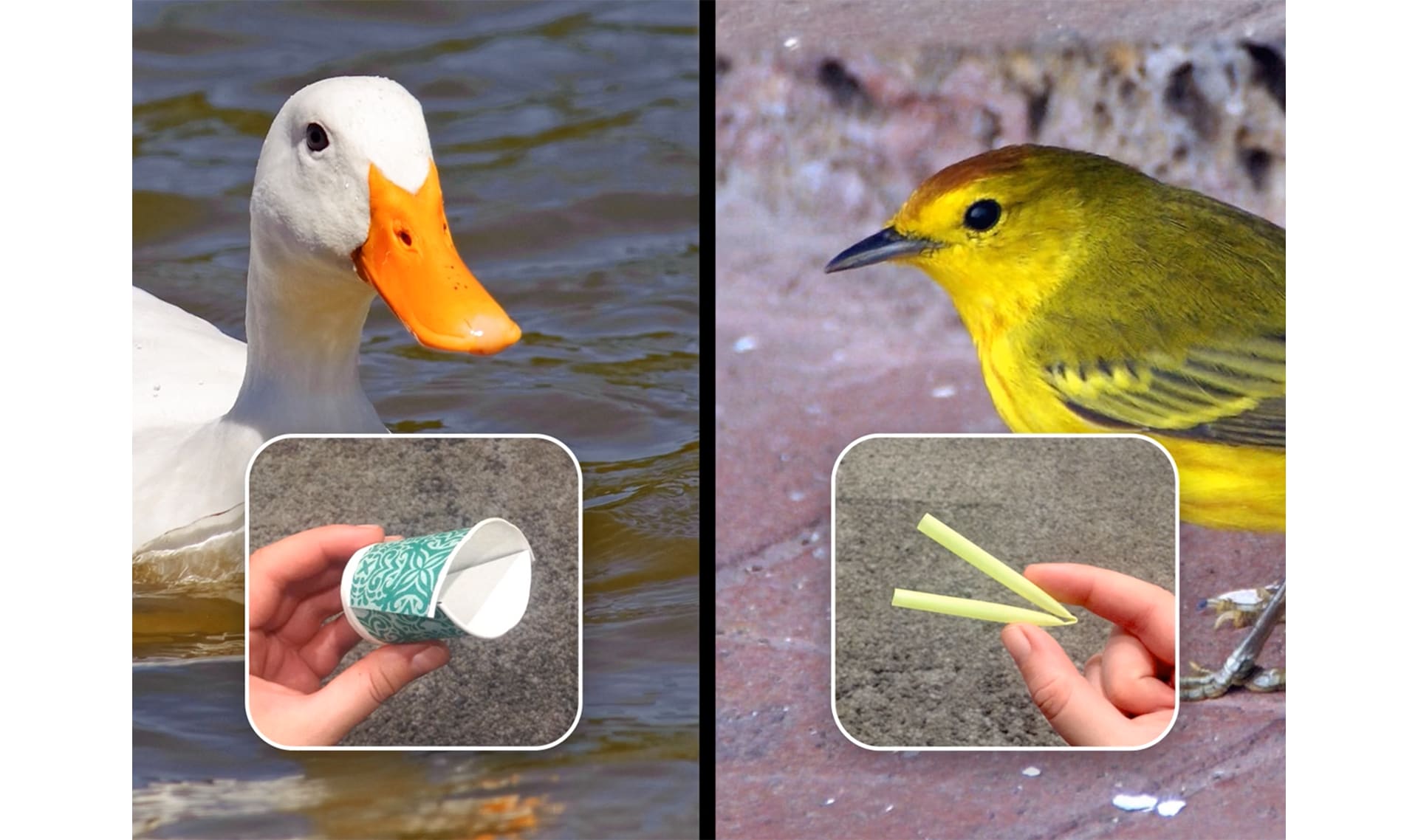
modelo
12 de 13
una versión de mentiras de algo que los científicos usan cuando la cosa de verdad es algo demasiado grande, pequeño, o complicado para poder usarlo en sus estudios

Please wait…
This video is having trouble loading. You may have lost your Internet connection.
Step 1: Click to Reload this page
Step 2: Click to
Try our other video player
Step 3: Contact your teacher if trouble persists.
Or,
dismiss this message.
experimento
13 de 13
una prueba que se usa para descubrir más información sobre una pregunta
